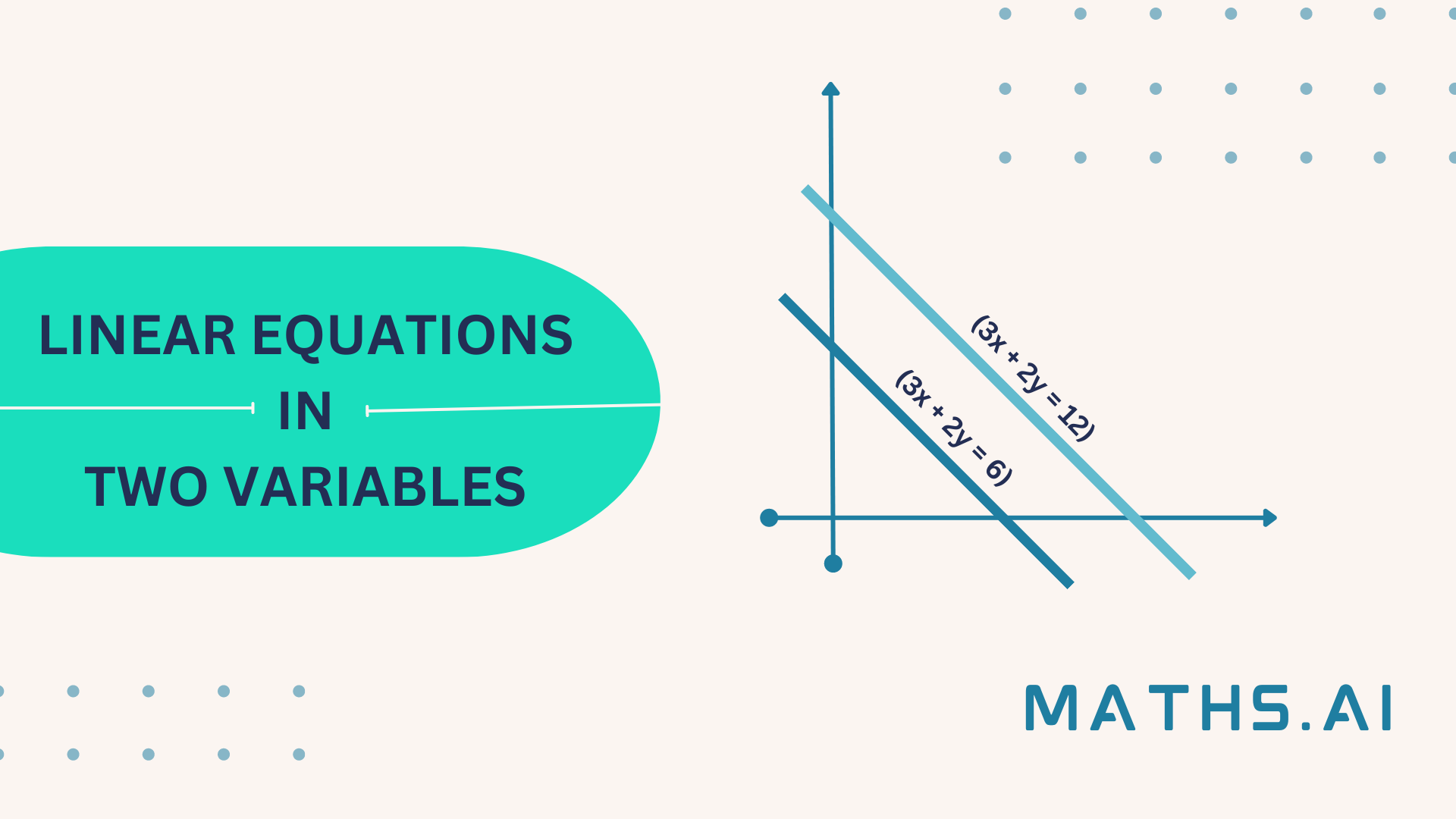Solving linear equations with two variables is a fundamental skill in algebra that has real-world applications in various fields such as physics, economics, and engineering. These equations involve two unknowns and can be graphically represented as straight lines on a coordinate plane. In this article, we will explore two common methods for solving equations: the substitution method and the elimination method. Through step-by-step examples.
Method 1: Substitution Method
The substitution method involves solving one equation for one variable and substituting that expression into the other equation. Here’s a detailed example to illustrate the process:
Example
Solve the following system of linear equations using the substitution method:
1. \(2x + y = 8\)
2. \(3x – 2y = 1\)
Step 1:
Solve one equation for one variable.
From equation (1), solve for \(y\):
\[y = 8 – 2x\]
Step 2:
Substitute the expression for \(y\) into the other equation.
Substitute \(y = 8 – 2x\) into equation (2):
\[3x – 2(8 – 2x) = 1\]
Step 3:
Solve for \(x\).
\[3x – 16 + 4x = 1\]
\[7x = 17\]
\[x = \frac{17}{7}\]
Step 4:
Substitute \(x\) value back to find \(y\).
Using the value of \(x\) in \(y = 8 – 2x\):
\[y = 8 – 2 \left(\frac{17}{7}\right) = \frac{3}{7}\]
So, the solution for the system of equations is \(x = \frac{17}{7}\) and \(y = \frac{3}{7}\).
Method 2: Elimination Method
The elimination method involves adding or subtracting the equations to eliminate one of the variables, making it easier to solve for the remaining variable. Let’s solve the same system of equations using the elimination method:
Example
Solve the system of linear equations using the elimination method:
1. \(2x + y = 8\)
2. \(3x – 2y = 1\)
Step 1:
Multiply the equations by suitable constants to make the coefficients of one of the variables equal.
Multiply equation (1) by 2 and equation (2) by 1 to make the coefficients of \(y\) equal:
\[2(2x + y) = 2 \cdot 8 \implies 4x + 2y = 16\]
\[3x – 2y = 1\]
Step 2:
Add the equations to eliminate \(y\).
Add the two equations:
\[4x + 2y + 3x – 2y = 16 + 1\]
\[7x = 17\]
\[x = \frac{17}{7}\]
Step 3:
Substitute \(x\) value to find \(y\).
Using the value of \(x\) in equation (1):
\[2x + y = 8\]
\[2 \left(\frac{17}{7}\right) + y = 8\]
\[\frac{34}{7} + y = 8\]
\[y = \frac{3}{7}\]
The solution for the system of equations is \(x = \frac{17}{7}\) and \(y = \frac{3}{7}\).
.
Solving linear equations with two variables is a crucial skill in algebra, with applications extending to diverse fields. The substitution and elimination methods provide effective strategies for finding solutions, and through step-by-step examples, we’ve demonstrated how these methods work. With the advent of AI-based tools like Maths.ai, students now have access to personalized, interactive guidance that enhances their understanding and problem-solving abilities. As technology continues to evolve, the learning experience for mathematics is becoming more engaging and accessible, empowering students to excel in their studies and beyond.



